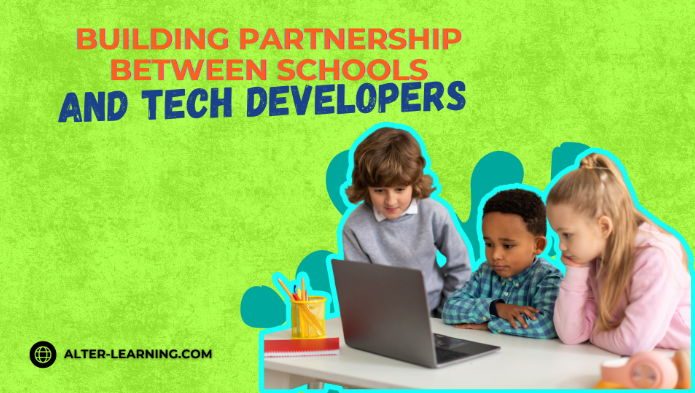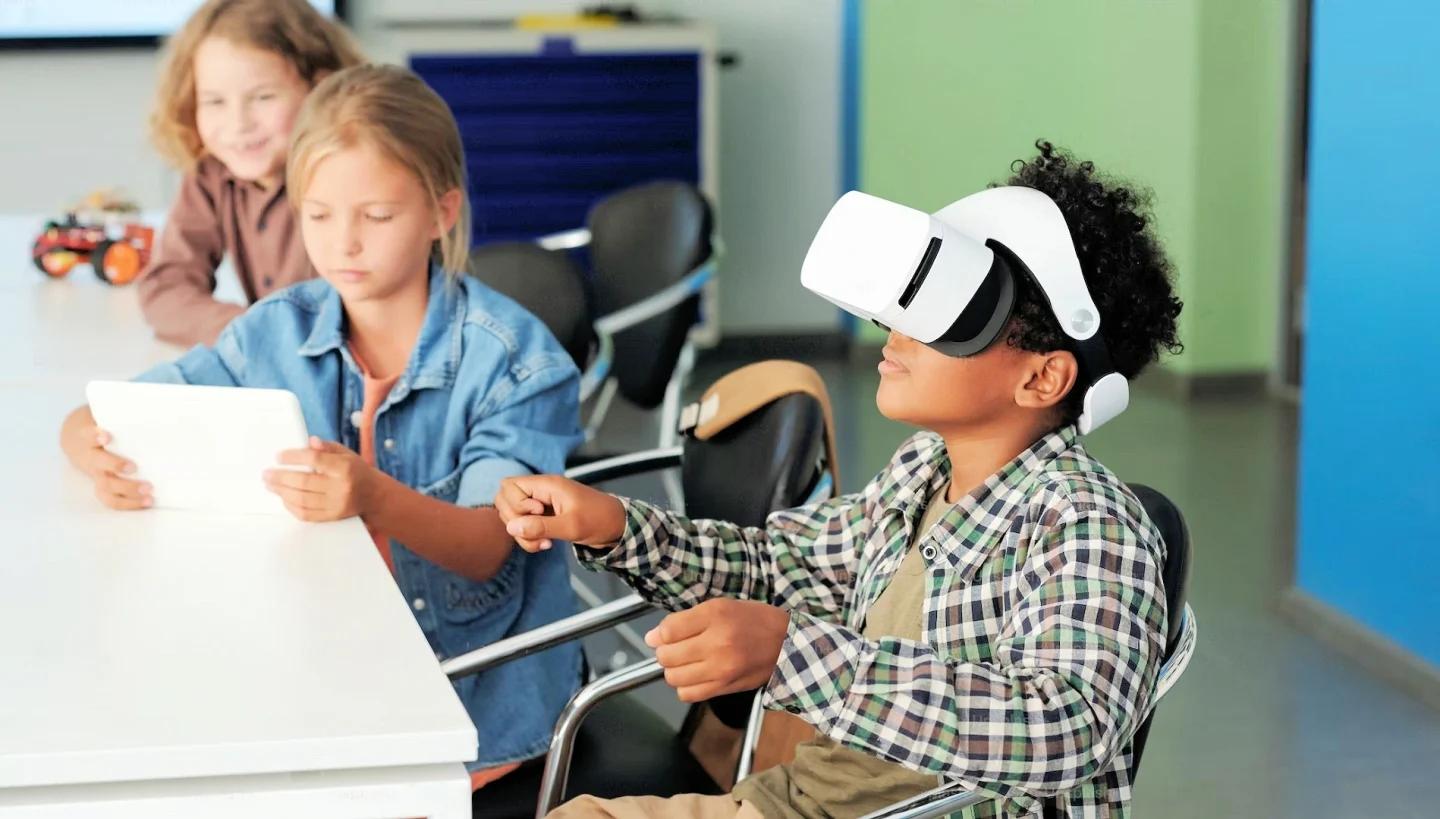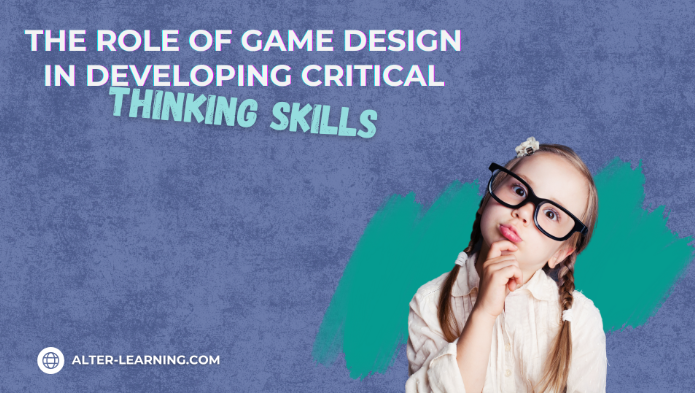In an increasingly digital world, students are navigating more than just academics—they’re managing emotions, relationships, identity, and pressure in real time. For many, having a space to connect with others going through similar challenges can make all the difference. That’s where virtual support groups come in.
When facilitated thoughtfully, virtual peer groups can provide students with a safe space to share, reflect, and grow—helping them feel seen, heard, and supported. With the right tools, schools can bring these experiences to life in ways that are both accessible and inclusive. Game-based platforms like Alter-Learning can serve as part of that solution, offering collaborative environments designed not just for learning, but for building community.
Why Peer Support Matters
Peer relationships are a powerful force in child and adolescent development. Students often feel more comfortable opening up to classmates than to adults—and structured peer groups can harness that comfort to promote empathy, problem-solving, and resilience.
Benefits of peer-led or peer-supported spaces may include:
- A sense of belonging for students who feel isolated,
- Opportunities to develop social-emotional skills,
- Peer modeling of healthy coping and communication strategies,
- Reduced stigma around asking for help or expressing emotion,
- A culture of mutual respect and listening within school communities.
In a virtual format, these benefits can be extended beyond classroom walls—allowing students to engage from wherever they are.
The Power of Virtual Support Groups
Virtual spaces have the potential to remove barriers to connection—especially for students who struggle with social anxiety, transportation challenges, or remote learning environments. When implemented with care, virtual support groups can:
- Increase accessibility, by removing physical and scheduling obstacles,
- Normalize help-seeking behaviors, especially among underrepresented or marginalized students,
- Foster autonomy, by allowing students to participate from spaces where they feel comfortable,
- Enable anonymity or privacy options, for students who may feel hesitant to speak in person,
- Provide consistency, offering regular meetings and structured discussions.
Of course, virtual support groups must also be moderated carefully to ensure safety, inclusivity, and relevance to students’ needs.
How Alter-Learning Can Support Virtual Connections
While Alter-Learning’s primary goal is immersive, inquiry-driven education, several of its environments can also serve as soft-entry points for student connection and peer interaction. These aren’t traditional chat platforms—instead, they provide shared spaces for learning, wellness, and collaboration.
Some features that can help facilitate connection include:
- Multiplayer functionality, allowing 2–5 students to navigate challenges or virtual classrooms together,
- Emotional wellness activities, as found in platforms like Wellness Center, that focus on self-awareness, communication, and empathy,
- Creative group environments, such as VR music rooms or STEAM-based puzzle spaces, where students can collaborate without the pressure of “talking about feelings” directly,
- Teacher or counselor dashboards, allowing adults to guide sessions, suggest prompts, and monitor participation.
These kinds of interactive, purpose-driven settings can make it easier for students to build trust—and for educators or counselors to use games as vehicles for social-emotional development.
Best Practices for Facilitating Virtual Peer Groups
Whether using Alter-Learning or another platform, success depends on thoughtful planning. Here are a few strategies to help ensure virtual peer groups are safe, inclusive, and impactful:
- Set clear norms and expectations, around confidentiality, respect, and participation,
- Keep groups small and consistent, so trust can develop over time,
- Use guided prompts or themes, to focus conversation or gameplay,
- Offer opt-in activities, so students can engage in ways that match their comfort level,
- Build in reflection time, both individually and as a group,
- Collaborate with school counselors, to design and facilitate sessions aligned with SEL or mental health goals.
By pairing meaningful activities with intentional facilitation, schools can create peer spaces that offer both fun and emotional support.
Connection as a Foundation for Growth
Academic achievement is only one part of student success. Equally important are the relationships that help students feel safe, understood, and confident. Virtual support groups—especially those supported by interactive, SEL-aligned tools—can be part of that ecosystem of care.
Alter-Learning is not a therapy tool, but it can offer students a way to explore identity, build trust, and practice collaboration in game-based environments. These digital spaces, when facilitated by caring adults, may help bridge the gap between academic instruction and emotional development.
Because learning happens best when students know they’re not alone—and when they have others to grow with.
Follow Alter-Learning for more insights into immersive education, edtech success stories, and the future of learning. Want to explore how VR/AR could transform your school or learning platform? Let’s connect.




